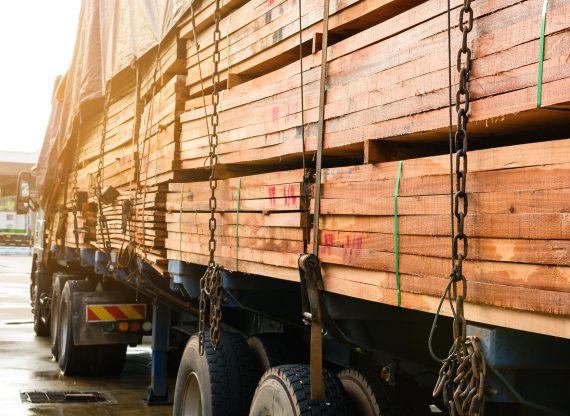Lowering Lumber Prices with Freer Interprovincial Trade

There is no shortage of news about the astronomical price increases for lumber or the red-hot housing market across the country. Indeed, those record-high lumber prices are expected to add $30,000 to the cost of building a typical new home, compared to pre-COVID lumber prices. Meanwhile, the average selling price of a home in Canada was up by almost 32% in March 2021 year-over-year, pricing many would-be homeowners out of the market.
This mismatch between supply and demand is potentially worsened by interprovincial trade barriers for lumber.
Currently British Columbia, New Brunswick, and Quebec all have limitations on lumber exports listed in the Canadian Free Trade Agreement (CFTA). All three, to some extent, require that the timber harvested within the province be processed or manufactured into other goods within the province.
These restrictions have likely contributed to the ballooning of lumber prices over the past year, since some less developed local lumber mills aren’t able to process the volumes required by the market.
If these barriers were removed, new out-of-province competitors could enter the market, driving costs down through competition. Companies in or out of these provinces that were able to operate more efficiently would have the opportunity to do so. Firms that previously could not access economies of scale at the national level would have a chance to, and consumers would get better value for their money.
The removal of trade barriers in general represents a unique opportunity for an inclusive growth policy that would benefit every part of the country, and one that is fully under Canadians’ control. A good place to start would be the elimination of those barriers directly controlling lumber, which could be expected to provide some relief to Canadian families hoping to either build or buy a home in the near future.

